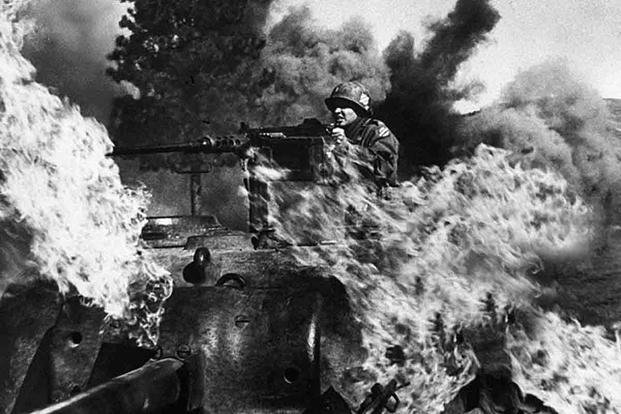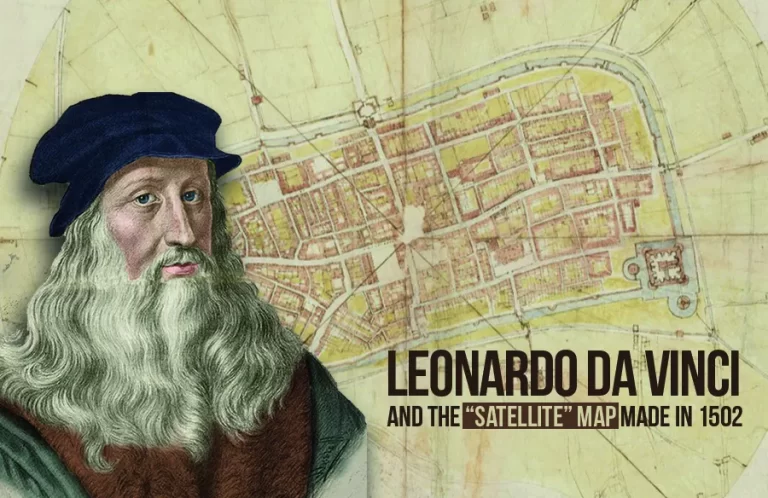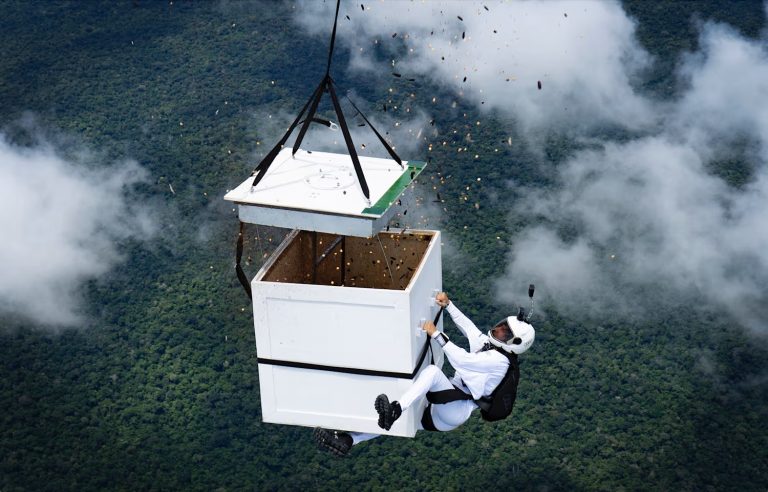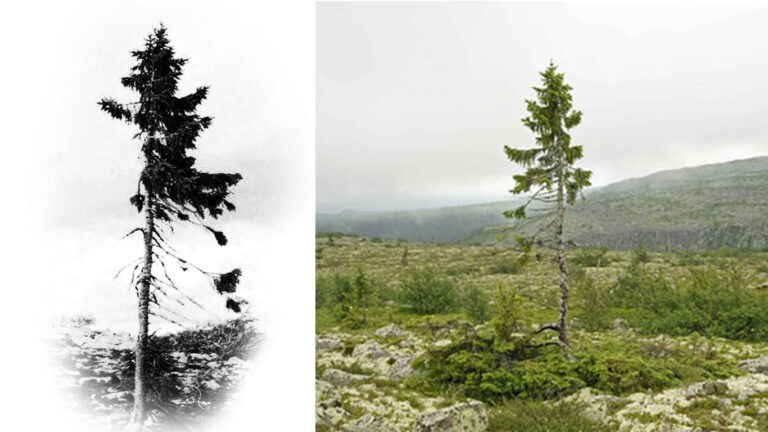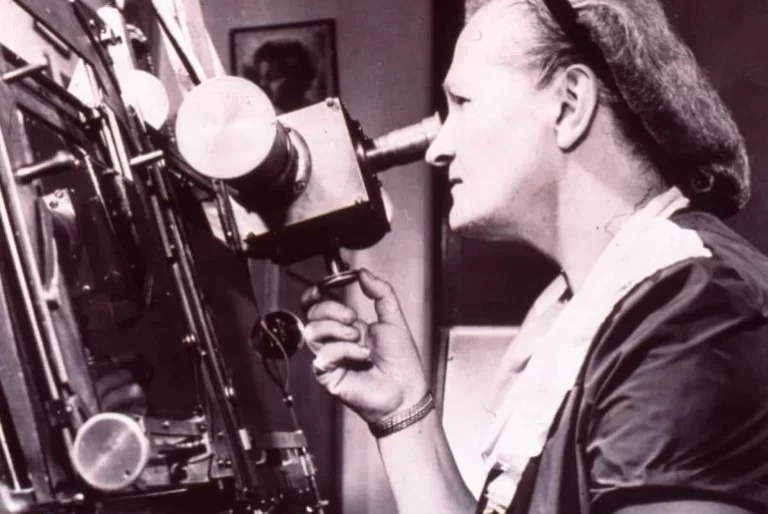Insane True Stories That Change How You Picture WWII
One of the best signs of how wild things got is that many of the stranger stories ended up as just footnotes in history books.
It might not be long before people start to question whether World War II really happened, thinking it was just too crazy to be true. We’re pretty sure that if there were ever a war crazier than WWII, no one would survive it.
One sign of how wild things got is that many of the stranger stories from that time are now just footnotes in history books. For example, you might not have known until today that…
The Nazis Had A Supervillain Arctic Base To Make Nukes … And 11 Men Took It Out

Imagine this: A small group of WWII Norwegian commandos (think Vikings with machine guns) are skiing away from a Nazi base in the Arctic with 3,000 angry German soldiers chasing them. The Nazis are furious because the Norwegians have just planted explosive charges inside the base, destroying Germany’s chances of making nuclear weapons. If it weren’t for these brave commandos, Adolf Hitler might have had nuclear weapons.
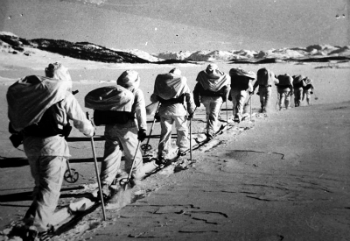
This story sounds like a thrilling Kirk Douglas movie (and it actually is), but it’s the true account of Operation Gunnerside in 1943. When the Germans took over a factory in Telemark, Norway, during the early ’40s, they gained access to heavy water, which they needed to make plutonium. Realizing the danger of “Nazis with bomb-making materials,” the Allies sent 30 British officers to sabotage the plant. Unfortunately, bad weather and the Gestapo led to the death of the entire group.
So, the Allies decided to send something even more formidable: 11 Norwegian commandos. To make the mission even more challenging, the Germans strengthened the plant’s defenses with mines, floodlights, and guards. The only way to access the factory was via a Nazi-held bridge over a 660-foot ice gorge, proving that sometimes history seems as unbelievable as fiction.
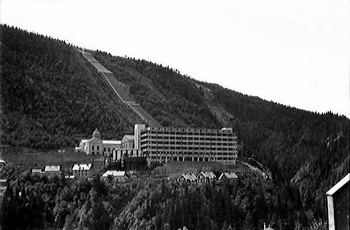
The Germans thought the only way into the factory was through the heavily defended bridge, but the Norwegians found a different route. They climbed down the supposedly impassable ice gorge and sneaked into the factory. They planted the explosives and were about to light the fuse and escape when, believe it or not, the Norwegian caretaker of the base announced he had lost his glasses and wouldn’t leave until they were found. The commandos had to put their mission on hold to help find the caretaker’s glasses before they could continue their plan to stop Hitler from getting the bomb.
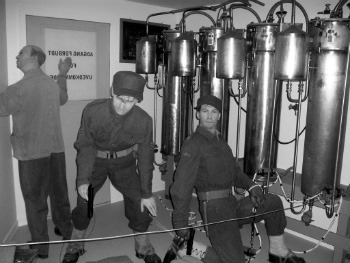
The commandos completed their mission without any casualties. They set the fuses, freed the caretaker and another civilian, and received medals for their bravery. One of these commandos, along with three other Norwegians, later returned to sink the ferry the Germans were using to evacuate the heavy water. It’s incredible to think that, while the fate of the world was at stake, the Norwegians managed to pull off such a daring act. It almost feels like overkill, but it was a crucial step in stopping the Nazis.
Japan Was Building A Tesla-Inspired “Death Ray”

Nikola Tesla’s groundbreaking ideas have inspired electric car makers, cool T-shirts, and even Thomas Edison’s own innovations. What you might not know is that Tesla also sparked some extreme ambitions in WWII-era Japan with just two words: “death ray.”
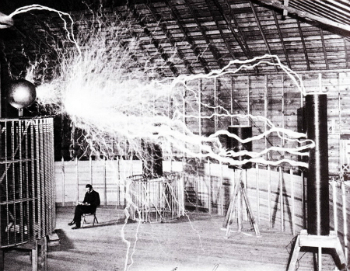
After inventing things like an earthquake machine, alternating current, and drones, Nikola Tesla claimed in 1934 that he had a “death ray” capable of destroying entire armies. While most of the world didn’t take this claim seriously, Japan did. They gave their scientists 1 million yen to try and build such a weapon.
Future Nobel Prize winner Sin-Itiro Tomonaga worked on what was called “Project Power.” By the end of the war, they had developed a death-ray prototype that could kill from up to half a mile away. The catch? The target had to stand perfectly still for five to ten minutes, so it would have only worked on very lazy people.
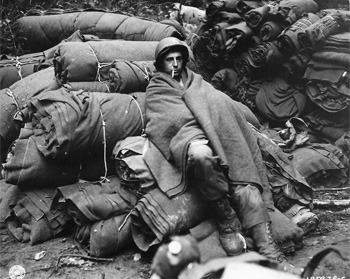
“Samuels! Nooooooooooooooooo … Hey, Samuels, can you stand over here?”
The prototype wasn’t particularly cool-looking, either. It was just a magnetron (equipment mostly used for radars back then) and a 75-foot mirror, which is generally not something you’d try to haul to a battlefield. Still, it was a work in progress, and it did work — Japan’s mad scientists successfully tested it against tied-up rabbits, monkeys, and marmots, and even managed to use it to stop a motor (if the hood was up). One of the experimenters tested it on himself for a few seconds and felt dizzy and fatigued for the next 24 hours. Presumably, he grew into a giant and stomped Tokyo after that.
Japan never used their death ray in battle. We don’t know what happened to the prototype (some say it was thrown into a lake), but it’s fun to imagine that an American soldier took it home and used it to cook hamburgers from a mile away on the Fourth of July.
Hitler Saved America From A Nazi Bioweapon Plot

“Nazis with biological weapons” might sound like a plot from a sci-fi game, but it almost became a reality. During WWII, German scientists didn’t just sit around; they developed various biological weapons. Fortunately, one person managed to stop them from using these weapons. This is the story of that individual:
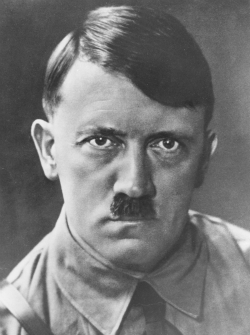
Here’s the background: In 1943, a top Nazi scientist suggested that America should be attacked with various disease-causing pathogens and plant pests. The Nazis had the capability to do this. They had already conducted strange insect experiments and even considered releasing up to 40 million weaponized potato beetles over England’s crops. Imagine an alternate reality where “Beatlemania” refers to a time when Britain faced a famine because of Nazi insects.

Nazi scientists figured out how to weaponize several deadly diseases like typhoid, cholera, and anthrax. They even created a special medium to keep these diseases dangerous for weeks. American scientists who found these inventions after the war called them “outstanding,” which also means “terrifying.”
So why didn’t the Nazis use these weapons? Hitler had ordered early in the war that there should be no offensive biological weapons research. Although Nazi scientists went ahead with it anyway, Hitler refused to change his mind when he learned they had developed such weapons. There are theories about why: he might have had bad experiences with bioweapons in WWI, thought science was part of a Jewish conspiracy, or was under the influence of cocaine and other substances. It was probably a mix of these factors.
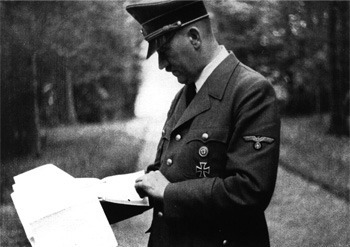
You might think convincing Hitler to use biological weapons against America would be easy, but he didn’t change his mind. The lesson here: if you want to take over Europe, don’t be a paranoid, anti-Semitic conspiracy theorist with a fondness for cocaine and other drugs.
An American Citizen And A Downed Japanese Pilot Teamed Up To “Invade” Hawaii

On December 7, 1941, after attacking Pearl Harbor, Japanese pilot Shigenori Nishikaichi crash-landed on Niihau, a small Hawaiian island, because of a technical issue with his plane. The islanders treated him as if he were a guest, giving him breakfast and throwing a big party in his honor.
The locals were unaware that the U.S. was now at war with Japan because Niihau lacked modern communication technology like phones.
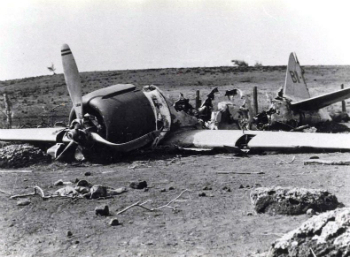
Yoshio Harada, an American citizen of Japanese descent, was asked to translate for Shigenori Nishikaichi. He translated but conveniently left out that Nishikaichi had just bombed Pearl Harbor. When news of the attack eventually reached the island, things got awkward. Nishikaichi demanded that Howell Kaleohano, who had rescued him, return some Japanese documents he had taken from the plane. Kaleohano refused, likely because toilet paper was scarce on the island. That’s when things started to escalate.
Believing Japan was sure to win the war, Yoshio Harada took some guns and essentially joined the Japanese army on the spot. He attacked the guard watching over Shigenori Nishikaichi, and then the two went to confront Howell Kaleohano to demand the return of the stolen documents, using a shotgun for emphasis. Kaleohano managed to escape and spread the word about the invasion, causing panic on Niihau.
Meanwhile, Shigenori and Harada, drunk with power, hijacked a wagon, armed it with machine guns from the wreckage, and started shooting and taking hostages. They even burned down Kaleohano’s house, although Kaleohano was already on his way to the nearest payphone.
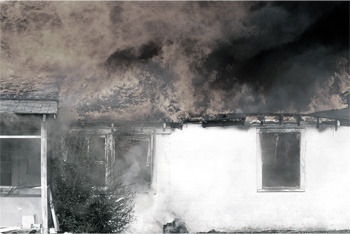
When the Japanese duo threatened to execute hostages if the secret papers weren’t returned, Ben Kanahene and his wife, Ella, took action. They attacked Shigenori Nishikaichi, hitting him and then slitting his throat with a knife. Yoshio Harada, still armed, chose to end his own life rather than face the couple.
Ben Kanahene was honored with awards, medals, and even a song called “They Couldn’t Take Niihau, Nohow” for his bravery in stopping the invasion with just a knife and his wife. Ella received a simple but appreciative note: “Nice going, sweetheart. Now bring us some Mai Tais.”
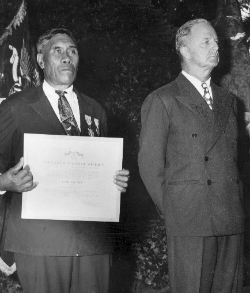
Japan And Germany Planned To Send A Dirty Bomb To America Delivered By Kamikaze Submarines

There’s only one thing crazier than German and Japanese plans to destroy America: a joint German-Japanese plan to destroy America.
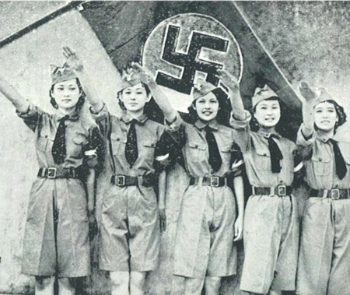
Near the end of World War II, the Nazis sent a submarine, U-234, to deliver their secret weapons to Japan. This included a large amount of uranium. After their plutonium factory was destroyed, the Nazis had tried to develop a uranium bomb but didn’t gather enough material before Allied leaders like Roosevelt, Truman, Stalin, and Churchill took control of Berlin. The plan was for Japan to use this uranium to build a dirty bomb—a weapon that combines conventional explosives with radioactive materials. The intended target for this bomb was the U.S. West Coast.
To deliver the dirty bomb to America, Japan would have used their massive I-400 class submarines, which were capable of launching kamikaze planes using catapults. These submarines were equipped with planes painted to look like U.S. aircraft for added confusion. The plan was to send these planes on suicide missions loaded with radioactive material to attack San Francisco and Los Angeles. Even though Japan would still lose the war, it would have been quite a dramatic final move.
Obviously, none of that happened. Some believe the uranium did technically get to Japan, just not in the way they expected. As in:
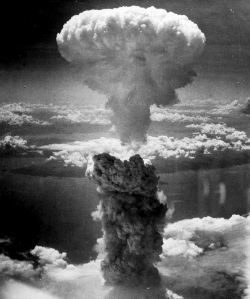
According to a former Manhattan Project official, the German uranium from the captured U-234 submarine ended up being used in the atomic bomb dropped on Hiroshima. The U.S. was running low on uranium at the time, and this unexpected supply came in handy. Although it’s not officially acknowledged, the uranium was conveniently put to use in the bomb. Admitting this might not look great in history books, so it’s still denied.
So, what happened to those kamikaze submarines? Even without dirty bombs, they could have caused a lot of damage—but they didn’t get the chance. The submarines were supposed to attack the Panama Canal on August 17, but Japan surrendered on August 15. After the surrender, the U.S. Navy blew up all the submarines to prevent the Soviets from inspecting them. And that’s how the story of the I-400 submarines came to a dramatic end.
Also read:


